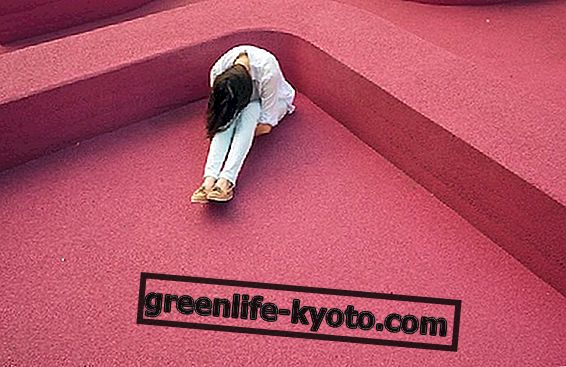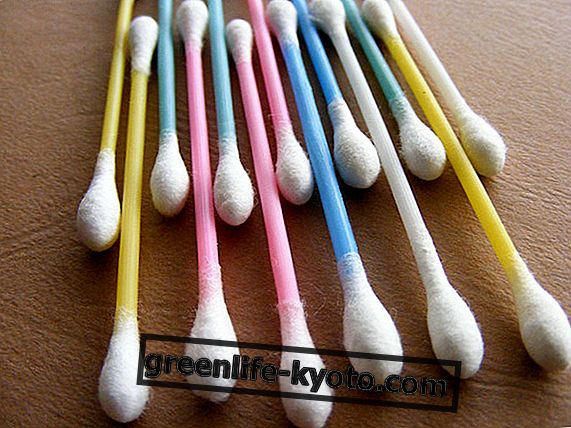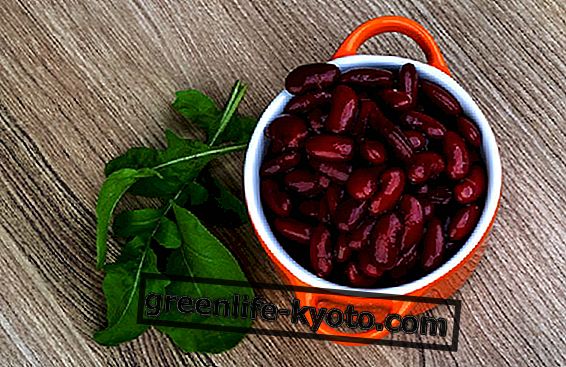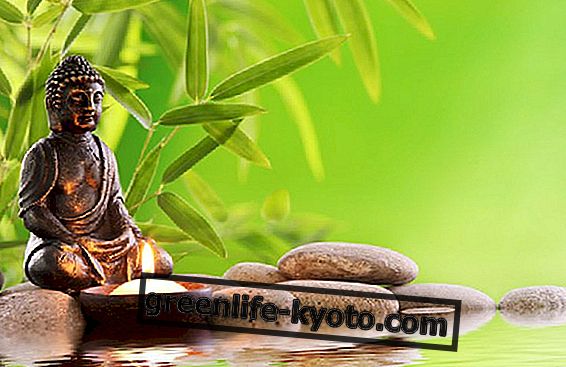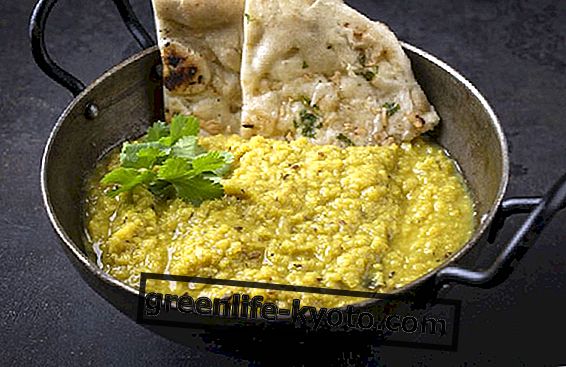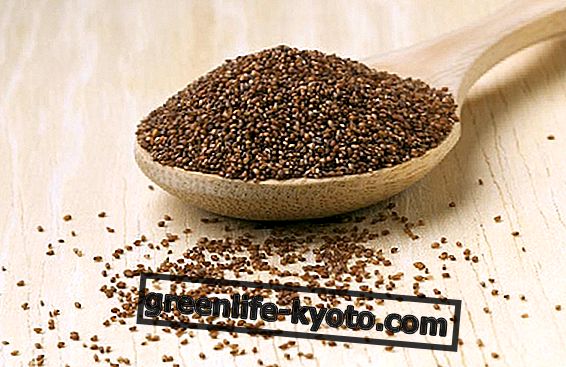
What is the teff
The teff is a cereal that is traditionally cultivated and cooked in the areas of Ethiopia and in particular in Injera. In these places it is very common and is present in many traditional recipes like the typical flat and spongy focaccia which is served as an accompaniment to the main dishes in Ethiopia.
The teff is the smallest cereal in the world, even smaller than the same quinoa but at the same time even though it measures only 1/32 of an inch, it has a wealth of nutrients and really extraordinary health properties that it ranks among the superfoods.
How to cook teff
This small cereal can also be eaten raw in the same way we eat oil seeds such as walnuts, hazelnuts and peanuts. The taff is tasty added to mixed salads of vegetables, in fruit salads or even alone as a snack maybe in bars.
The teff is then prepared cooked in the same way as the other cereals that are boiled in salted water as in rice, spelled or buckwheat. The taff can also be combined perfectly with legumes and for making stews. Its small size makes teff suitable also for thickening soups, creams or polenta. It is even excellent for preparing porridge or mixed with other cereals for breakfast.
Finally it can also be used in recipes for bread, pizza and other baked goods such as biscuits and sweet pancakes.
What does the teff contain?
The teff is rich in amino acids so as to be rich in proteins of over 50% compared to rice. Among the proteins it contains lysine which is sometimes a limiting amino acid while in teff we find it abundant. The presence of fibers is just as high up to 5 times compared to rice and this helps in the intestinal level and improves digestibility. The mineral salts in teff are really abundant and we see magnesium, potassium and iron at the top with a peak in calcium of 25 times more than rice. Among the vitamins, the teff contains vitamin C and those of group B. Carbohydrates, obviously, being a cereal, are abundant but with a low glycemic index. Finally the teff is gluten-free and therefore it is indicated for coeliacs and for those suffering from gluten intolerance.
The properties of teff
The teff has many beneficial properties for our health. First of all, it regulates blood glucose levels and helps intestinal transit thanks to the presence of fibers. It is also indicated for people who want to keep the line because it reduces hunger stimulation by giving a faster feeling of satiety and is even more easily digested than many other cereals. The teff contains a good amount of antioxidants and therefore helps keep us young and healthy. The teff is recommended in the diet especially of sportsmen for the richness of calcium and amino acids, it is excellent for those who want to lose weight given its low glycemic index and is also suitable for diabetics. Its nutritional composition and active ingredients make it recommended to prevent inflammation of the colon and to regulate blood sugar levels.
Where to buy the teff
The teff can be bought in stores specializing in products for celiacs and in organic food stores or in health food stores that hold special food products. As we have seen in Italy the teff is a new cereal and not yet very well known but thanks to its nutritional properties and its good taste it is starting to be increasingly in demand.


